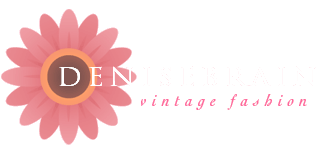
Dress Gordon tartan kilt, Gordon tartan bagpipe bag
I grew up with a father who was the pipe major of several bagpipe bands (oh yes, I learned the pipes) and I very often heard that no plaid-patterned fabric that wasn’t a genuine tartan should ever be called a tartan. For those of you who didn’t have this drilled into your consciousness at an early age, I offer today’s fabrics of the day, from the VFG Fabric Resource:
Tartan
Tartan is traditional Scottish right-hand twill weave wool in distinct criss-cross patterns. The pattern is called a sett. Each tartan is tied to a clan, regiment or district of Scotland, and there have gradually been added further officially-recognized tartans, such as those of Canadian provinces and U.S. states. All tartans are registered in Edinburgh, by the Scottish Register of Tartans, maintained by the National Records of Scotland. All tartans are plaids, but no plaids without official recognition should use the name tartan.
For each clan there may be a number of official tartans, such as dress, hunting and ancient (which use more muted colors—from the days of natural dyes). Originally worn as the belted plaid (long straight shawl belted at the waist), then the pleated, wrapped kilt, tartan has also historically been worn in the form of trousers, or truis.
The best known tartans are generally thought to be Royal Stewart and Black Watch.
Now tartans may be made of any fibers, but still are most characteristically wool.
The origin of the word tartan is thought to come from a combination of the French tiretain (probably derived from tirer, “to pull,” referring to a woven cloth) and the Gaelic breacan, “many colors.”
Uses: Kilts, plaids and trousers are traditional, also now used for everything from coats to evening wear
See also:
Plaid (below)

Wool tartan (Buchanan)
Plaid
Plaid is a pattern of bars and/or lines that criss-cross at right angles.
The name plaid comes from the traditional Scottish tartan woolen shawl, fastened with a brooch at the shoulder. Confusion arises in regards to its nomenclature since in the U.S. it is the name of a fabric pattern. A plaid without official registration as a tartan should not be called a tartan.
See also:
Tartan (above)

Plaid taffeta ©Vintage Fashion Guild - Text by Margaret Wilds/denisebrain, photos by Hoyt Carter
One additional note: I find the House of Tartan Reverse Tartan Search helpful for finding the names of true tartans, such as this one, which I found to be Dress MacDonald.

Detail from a previously sold Pendleton wool jacket
































































